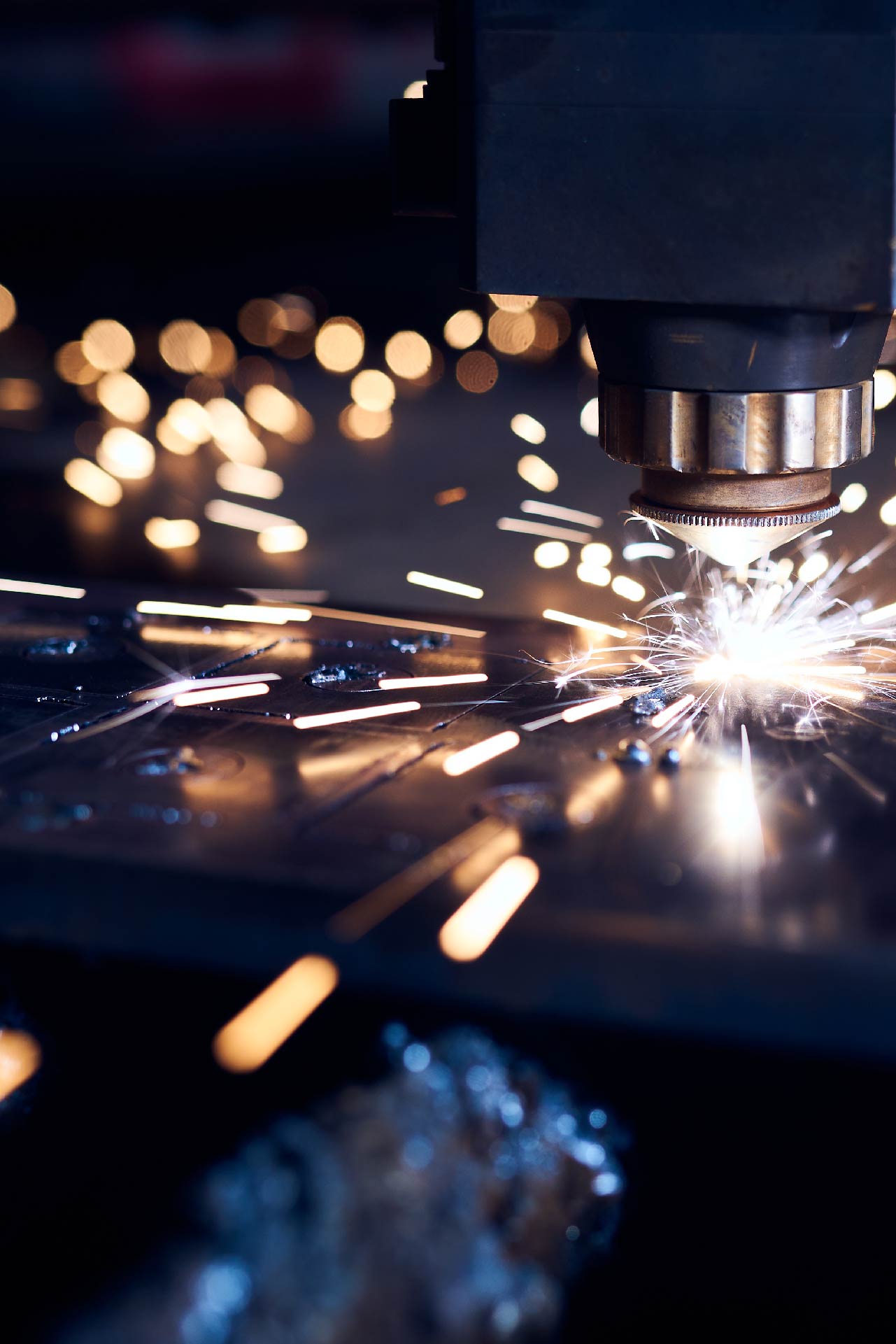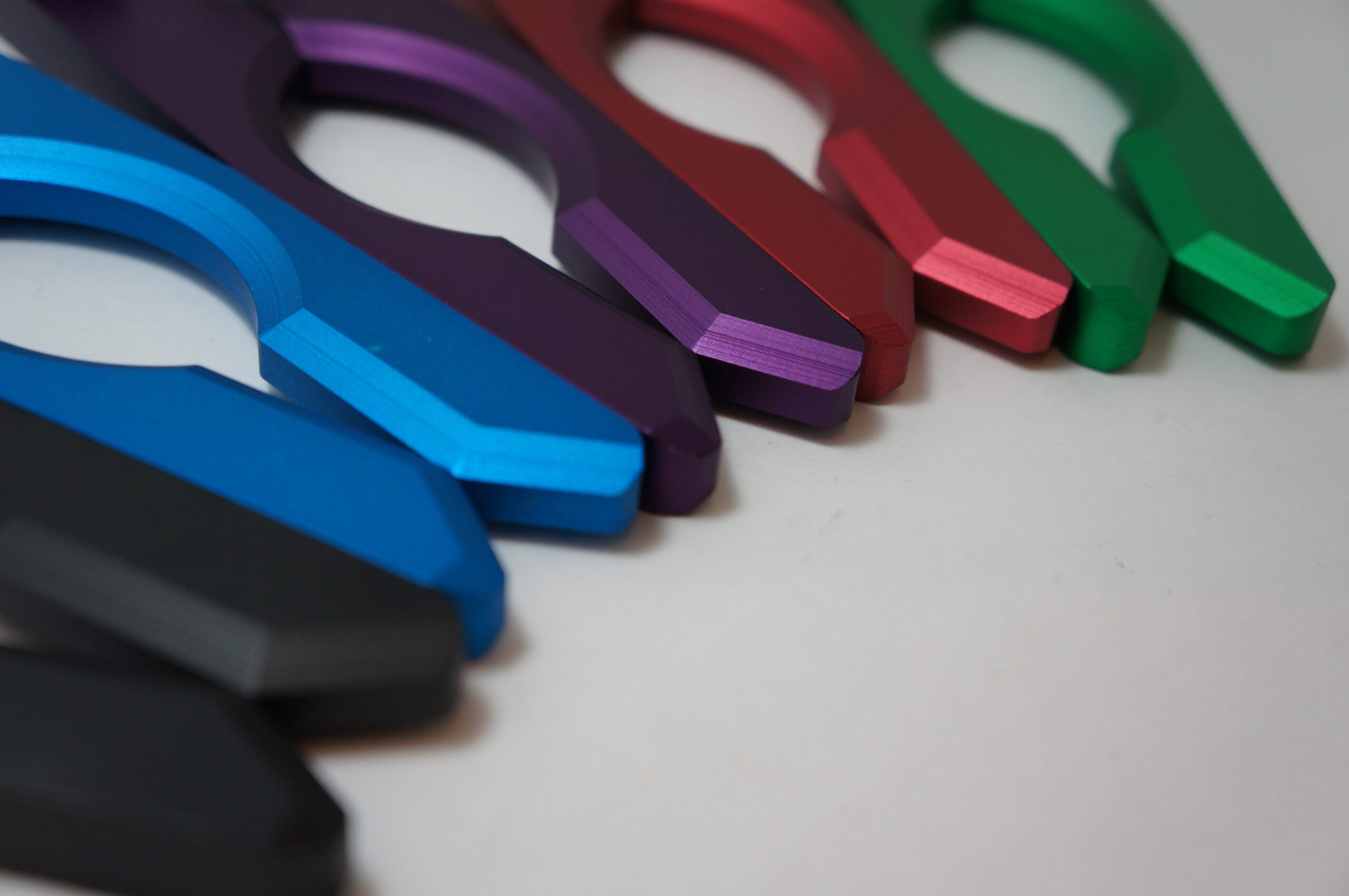Aluminum
With our aluminum laser cutting services, you can create strong, lightweight, corrosion-resistant parts. Because aluminum is reflective, it is usually cut with solid-state lasers to minimize laser beam reflections. As a result, the laser beam becomes less effective and cutting time increases. To achieve high accuracy and a precise edge on thin parts, laser beams are used either continuously or pulsed. Sublimation is used to cut thicker parts using fiber lasers or short pulse lasers. In both processes, mirror deflection systems minimize reflections and maximize laser beam efficiency.
1100 SERIES 0-H14
2024 SERIES 0-T3-T4
3003 SERIES 0-H14
5052 SERIES 0-H32
6061 SERIES 0-T4-T6
7075 SERIES 0-T6
Low Carbon Steel
For cheap, malleable and ductile properties, many opt for the use of a process known as "lower carbon laser cutting" when it comes to parts that require strength, high wear resistance, and impact toughness. This method is widely used due to its ease in forming and laser cutting. Although CO2 and fiber lasers are typically employed for these cuts, they may produce some roughness on the part's surface; thus necessitating extra deburring or shot peening work to refine it.
High Strength Low Alloy
Unlike conventional carbon steel grades, HSLA steels are designed to meet certain mechanical property standards instead of adhering solely to chemical composition criteria. As a result, these higher-grade steels offer superior corrosion resistance while retaining their formability and weldability properties.
Spring Steel
Spring steel is a type of alloy that has been specifically engineered to be able to return to its original shape after being subjected to extreme bending or twisting. It is characterized by its high carbon content and impressive yield strength, which make it ideal for creating resilient springs. Many other grades of steels can also be tempered and hardened for this purpose; however, spring steels have superior qualities compared to them.
GRADE 50/950/GR 340
GRADE 80/980/GR550
GRADE 70/970/GR 480
GRADE 60/960/GR 420
DOMEX/100 KSI
WEAR PLATE
Alloy Steels
The term "Alloy Steel" is used to refer to steel that has been blended with a variety of metals and elements in order to improve its mechanical properties. This mixture can include anywhere from 1-50% of manganese, nickel, or chromium by weight. The purpose of these additives is to enhance the strength, hardness, toughness, wear resistance, corrosion resistance and hardenability of the base steels.
1050 COLD ROLLED ANNEALED
1074/1075 COLD ROLLED ANNEALED
1095 BLUE TEMPERED SPRING STEEL
1075 SCALELESS SPRING STEEL
1045 HOT ROLLED STEEL
1095 COLD ROLED ANNEALED
Copper Alloys
Copper alloys are metallic mixtures with a base component of the element, namely, the soft and malleable metal of thermal and electrical conductivity: bronze. Bronze is further enhanced by adding around 12% more metals like aluminum, manganese, nickel as well as zinc; combining these elements produces an alloy that is not only harder than pure coppper but also possess desirable traits such as stiffness, ductility and machinability. Another type of alloy which can also be found in certain proportions is brass - a compound containing both zinc and coper resulting in different varieties of brass with individualistic mechanical and electrical properties.
Copper alloy metals are alloys with the base component copper. There are three types of copper alloys: copper, bronze, and brass. Copper is a soft, malleable, and ductile metal with thermal and electrical conductivity. Bronze, with the addition of about 12% in as well as other metals aluminum, manganese, nickel, and zinc. These additions offer a harder alloy than standard copper alone with more useful properties such as stiffness, ductility, and machinability. Brass is a metallic alloy that is a mixture of copper and zinc. With varying proportions of zinc and copper, many different types of brass alloys with varying mechanical and electrical properties can be produced.
TITANIUM
HASTELLOY
INCONEL
HAYNES
NICKEL
TANTALUM
MOLYBDENUM
BRASS
COPPER








